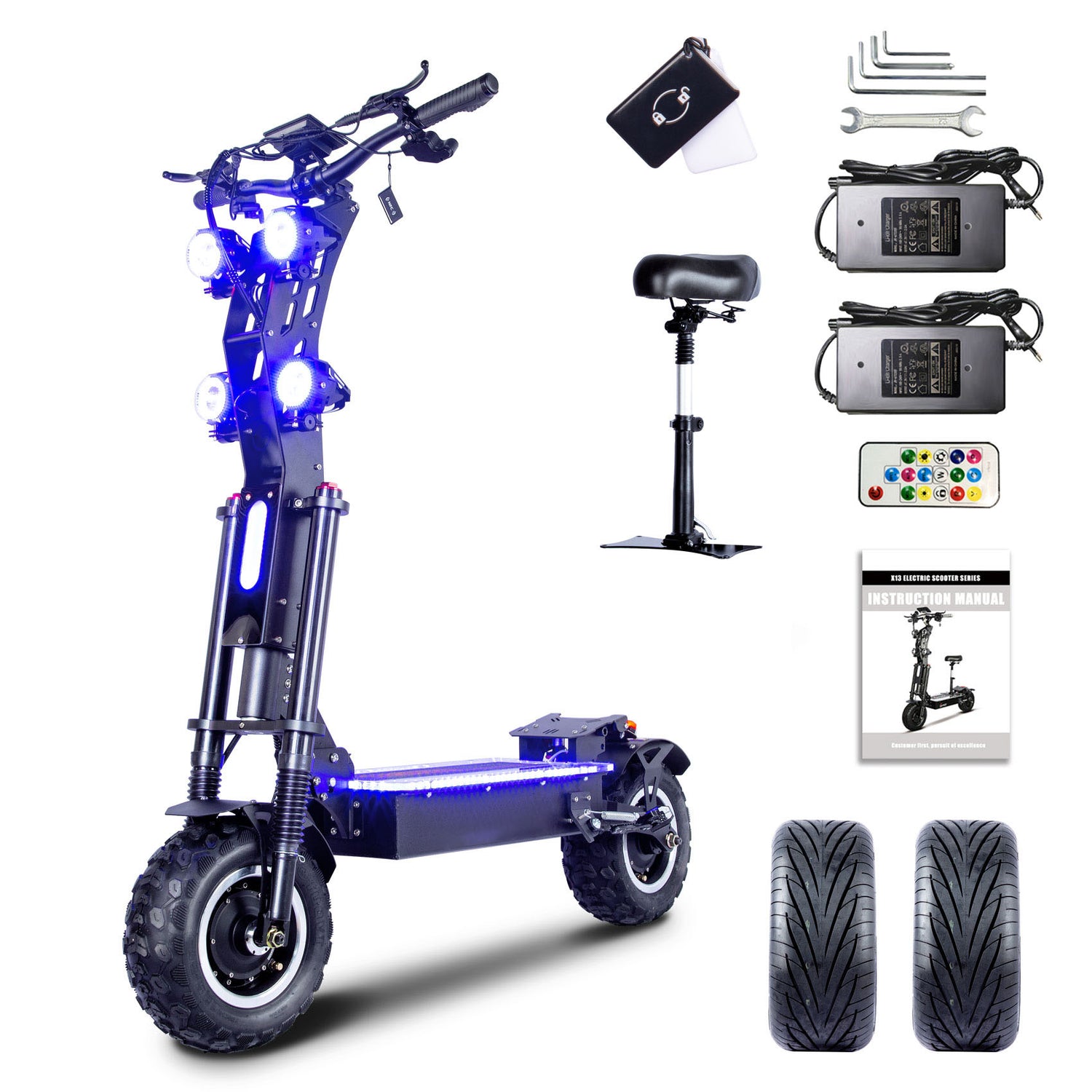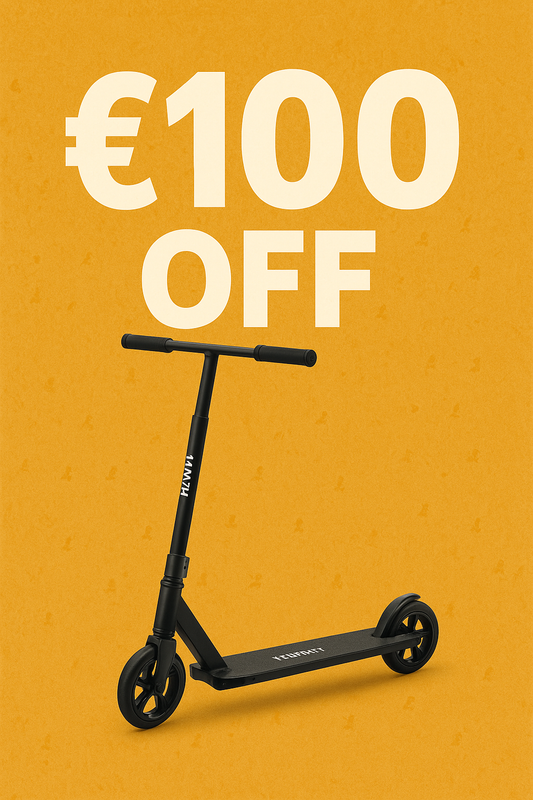
How is an electric scooter made?
An electric scooter is a lightweight micromobility vehicle increasingly used for short urban commutes. Powered by an electric motor and a lithium-ion battery, it offers a green alternative to conventional transportation in modern cities. Manufacturing an electric scooter involves a complex process that includes mechanical design, electrical system integration, software calibration, and quality control. From a frame made of aluminum alloy to embedded electronic control units, each step demands precision engineering and highly automated assembly lines.
This article explores the full process of electric scooter manufacturing—from concept design to final testing—unveiling the industrial logic behind this next-generation urban mobility tool.
⚙️Product Design and Prototype Development
The manufacturing journey begins with sketches from an industrial designer. This stage typically involves:
Sketching: the first step in turning an idea into a product
 Photo by @Andris G
Photo by @Andris G
Material selection: About 90% of scooters use 6061 aluminum alloy for the frame due to its excellent strength-to-weight ratio
Shell and structural simulation: Using CAD software ,solidworks etc.for 3D modeling
 Photo by @Andris G
Photo by @Andris G
An engineering team then creates a physical prototype for mechanical testing and electrical functionality verification.
⚙️ Component Manufacturing and Sourcing
An electric scooter typically comprises over 200 individual parts. Key components include:
| Key Component | Description |
|---|---|
| Electric Motor | Typically a brushless DC motor integrated into the wheel hub |
| Battery Pack | Powered by lithium-ion batteries, usually 36V or 48V |
| Controller | A motor controller that manages acceleration, braking, and power distribution |
| Display Panel | Shows information such as speed, battery level, and riding mode |
| Frame Material | CNC-cut aluminum using numerical control processes |
Most manufacturers source components via OEM supply chains and integrate them in centralized assembly plants. According to a report by the Light Electric Vehicle Association (LEVA), over 60% of global electric scooter parts are manufactured in OEM factories around Shenzhen, China, where high production capacity and cost efficiency dominate.
⚙️Assembly Line Production
Once components are ready, final assembly occurs on automated assembly lines. Key stages include:
Chassis Assembly: Installing the battery, controller, and deck
Motor and Tire Integration: Attaching electric motors to the front and rear wheels
Wiring and Firmware Upload: Connecting sensors and circuits; uploading firmware
Brake and Suspension Installation
Function Testing: Electronic systems, braking, acceleration, load testing, and vibration tolerance
Electrostatic discharge (ESD) protection is used throughout the process to prevent damage to control boards and microchips.
⚙️Quality Control and Final Testing
After assembly, each scooter must pass rigorous quality control checks:
Electrical safety testing
Real-world range and speed testing
Water-resistance verification (e.g., IPX4)
Simulated road riding
High-end brands also conduct burn-in testing to ensure battery and motor reliability under extended use.
The electric scooter is rapidly becoming a key player in global urban mobility. According to Statista, the global electric scooter market is expected to reach $40 billion USD by 2030, with a compound annual growth rate (CAGR) exceeding 10%.
⚙️Browse our full range of electric scooters for adults designed





